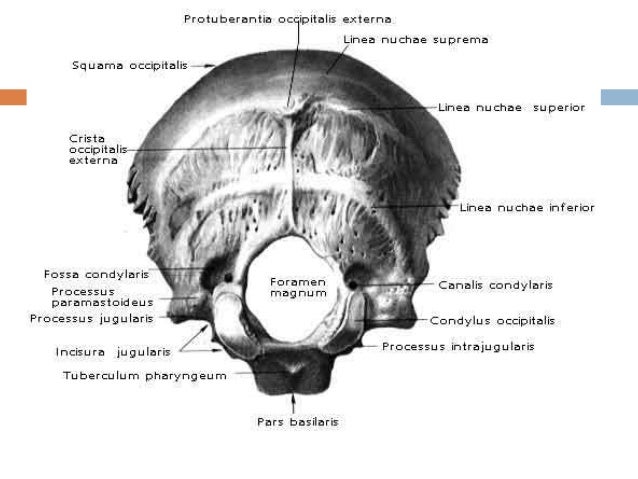

In 22 clinical cases, Professor Bayés de Luna illustrates the principles of the book by integrating electrocardiographic features with clinical findings for a thorough and methodical approach to cardiac disease. Extensively illustrated with ECG tracings that complement the text, this book provides clear and concise explanations of traditional concepts of electrocardiography and combines them with updates on the most recent developments in the field. This book takes a logical and systematic approach to ECG interpretation, beginning with the basics of normal variations and dealing in turn with atrial abnormalities, ventricular enlargement, ventricular conduction defects and ischemic heart disease. „Das vorliegende Werk kann daher dem geneigten und interessierten Leser uneingeschränkt empfohlen werden"Įlectrocardiography is a simple investigation to perform, but accurate interpretation can be challenging. Vertiefendes Spezialistenwissen im Detail

1155 übersichtlichen Abbildungen, Tabellen und EKGs

Normales EKG, Belastungs-EKG, Schrittmacher-EKG mit Spezielle Wellen, Zeichen und Phänomene des EKGs

Das normale EKG und seine normalen Varianten Trotz der so genannten „direkten" und „bildgebenden" diagnostischen Verfahren, die dazu beigetragen haben, die diagnostische Genauigkeit bei Herzkrankheiten beträchtlich zu verbessern, ist das EKG weltweit die am häufigsten verwendete nicht invasive diagnostische Methode geblieben. Insightful chapters address animal models for cardiac research, cardiac mapping systems, heart valve disease, ventricular assist devices, and genomics-based tools and technology.Ĭomprehensive and state-of-the art, the Handbook of Cardiac Anatomy, Physiology, and Devices provides novice and expert biomedical engineers alike with the authoritative information and background they need to work on tomorrow's generaton of life-saving cardiac devices.ĭas EKG: Rasch registriert, nicht invasiv, preiswert und liefert unentbehrliche Informationen, die oft mit anderen Methoden nicht zu erhalten sind. Here, active bioengineers working on cardiac devices will find the complete critical background they need to understand cardiac pacing, defibrillation, cardiac repair using stem cell therapy, robotics, less invasive cardiac surgery, biventricular pacing, cardiac bioenergetics, and more. have compiled a concise-yet detailed and comprehensive-reference source on the anatomic features, underlying physiologic mechanisms, and treatments for diseases of the heart. In Handbook of Cardiac Anatomy, Physiology, and Devices, leading experts from the University of Minnesota's renowned Lillehei Heart Institute and scientists from Medtronic, Inc. Because of rapid growth in the medical device industry-which today enjoys revenues as large as those of the automobile industry-as well as in our understanding of cardiac disease processes, biomedical engineers must cope with a rising tide of highly complex information.


 0 kommentar(er)
0 kommentar(er)
